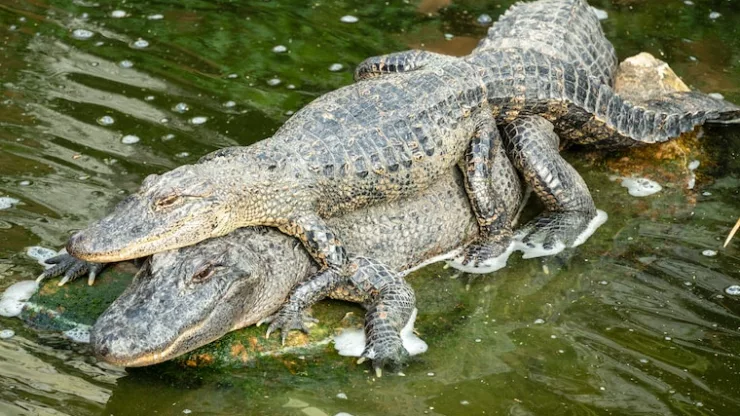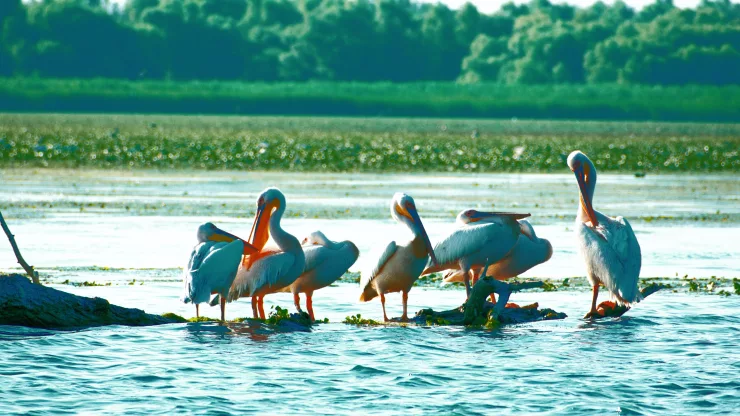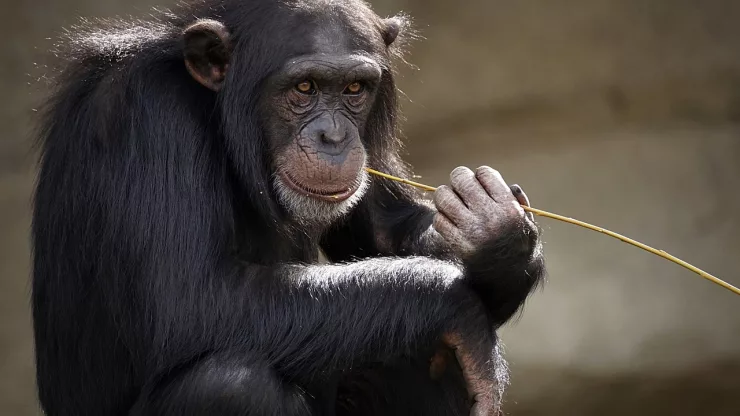Sloths may be slow-moving creatures, but they are fascinating animals that have captured the hearts of many.
Here are some facts about sloths that will make you appreciate them even more.
- Sloths are arboreal animals, which means they spend most of their lives in trees.
- There are two types of sloths: two-toed sloths and three-toed sloths.
- Sloths have a low metabolic rate, which means they move slowly and conserve energy.
- Sloths are excellent swimmers and can hold their breath for up to 40 minutes.
- Sloths have a unique ecosystem on their fur, which includes algae, moths, and other organisms.
- Sloths have a slow digestive system, and it can take up to a month for them to digest a single meal.
- Sloths sleep for 15-20 hours a day, and they are most active at night.
- Sloths have long and sharp claws, which they use to grip tree branches and protect themselves from predators.
- Sloths have a specialized neck that allows them to rotate their head up to 270 degrees.
- Sloths have a specialized liver that detoxifies harmful substances from the leaves they eat.
- Sloths are solitary animals, and they only come together during mating season.
- Sloths communicate using a unique vocalization that sounds like a soft hiss.
- Sloths have a greenish tint to their fur, which helps to camouflage them in the trees.
- Sloths have a slow heart rate, which can range from 40 to 90 beats per minute.
- Sloths have a symbiotic relationship with the moths that live in their fur. The moths lay their eggs in the sloth’s feces, which provides a food source for the moth larvae.
- Sloths have a unique way of moving, called the “sloth crawl,” which involves dragging themselves along the ground using their claws.
- Sloths have a gestation period of 4-5 months, and they usually give birth to one offspring at a time.
- Sloths have a unique immune system that allows them to tolerate the toxins found in the leaves they eat.
- Sloths have a lifespan of around 20-30 years in the wild.
- Sloths have a low body temperature, which can range from 86 to 93 degrees Fahrenheit.
- Sloths are classified as a vulnerable species, and their populations are declining due to habitat loss and hunting.
- Sloths are protected by law in most countries, and it is illegal to harm or capture them.
FAQ
What do sloths eat?
Sloths primarily eat leaves, but they will also eat fruits and flowers when they are available.
Do sloths move slow all the time?
Yes, sloths move slowly most of the time to conserve energy, but they can move quickly when they need to.
Are sloths endangered?
Yes, sloths are classified as a vulnerable species, and their populations are declining due to habitat loss and hunting.
Can sloths swim?
Yes, sloths are excellent swimmers and can hold their breath for up to 40 minutes.
Do sloths make good pets?
No, sloths are wild animals and should not be kept as pets. It is also illegal to own a sloth without a permit.
How long do sloths live?
Sloths have a lifespan of around 20-30 years in the wild.

I am a fun fact enthusiast and creator of Facts On Tap.
I love to share my knowledge and curiosity with readers and inspire them to learn something new every day.
When I’m not writing, I enjoy traveling, reading, and playing trivia games with my friends.




